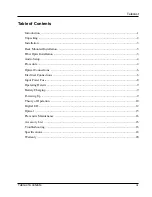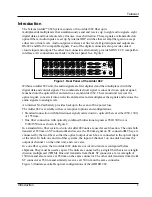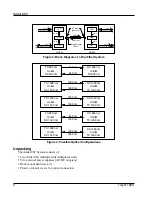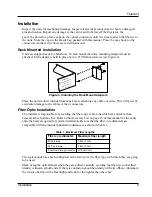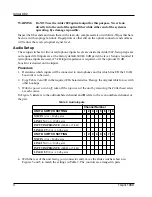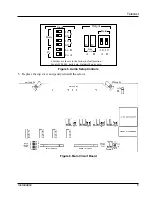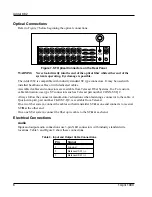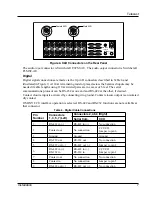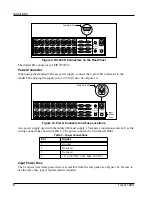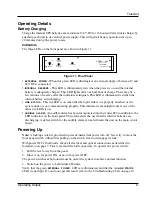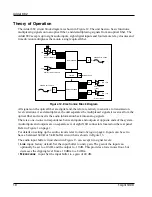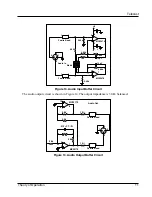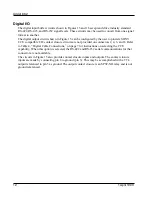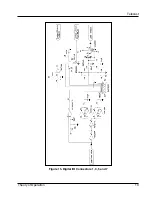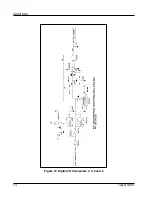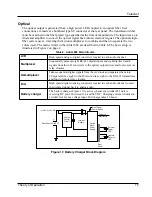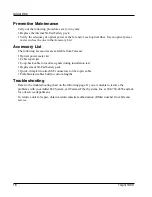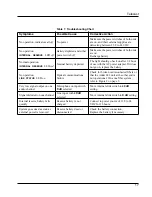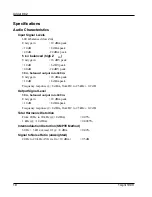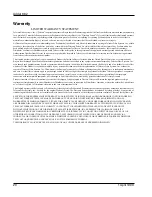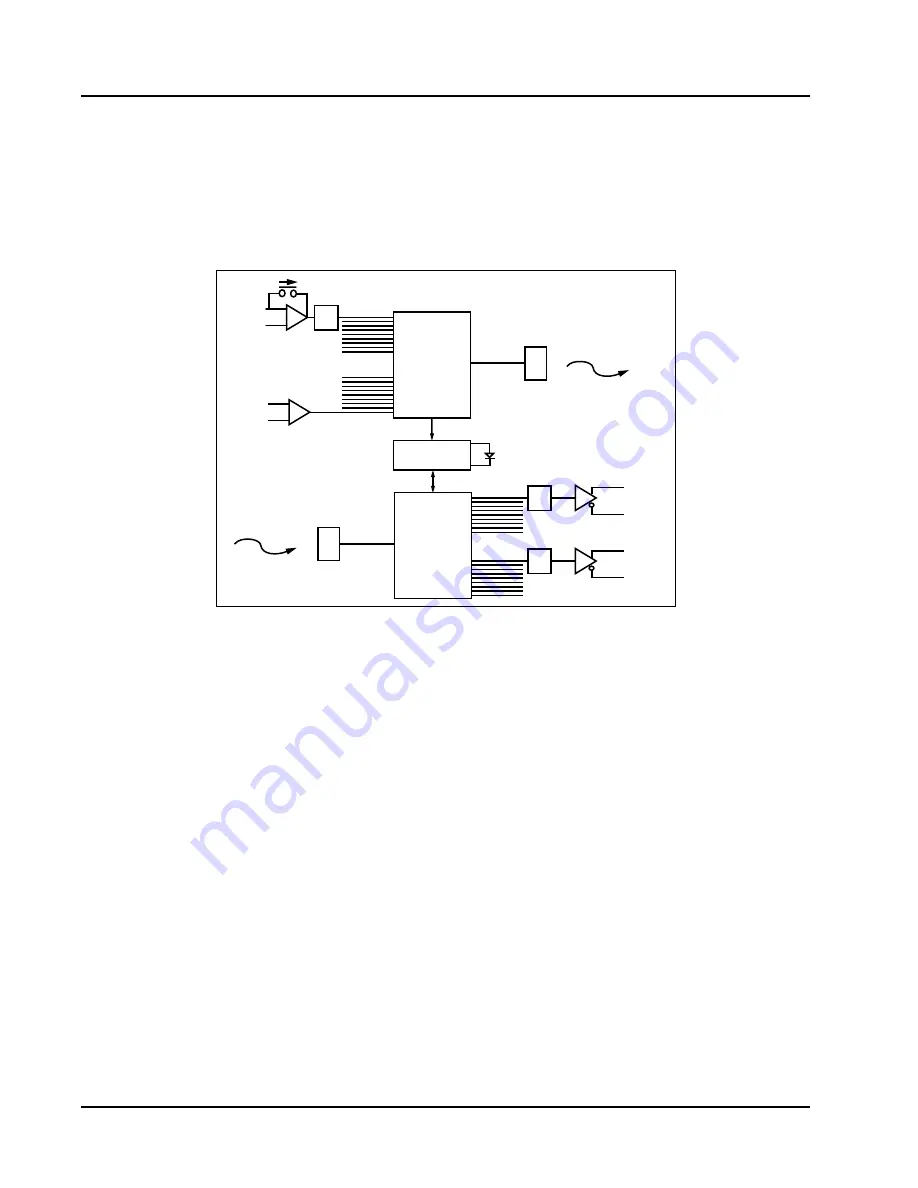
Adder 882
10
1 April 1999
Theory of Operation
The Adder 882 circuit block diagram is shown in Figure 12. The unit has two basic functions:
multiplexing signals onto an optical Þber, and demultiplexing signals from an optical Þber. The
Adder 882 accepts up to eight audio inputs, eight digital inputs and four remote relay closures and
time division multiplexes them onto a single optical Þber.
Figure 12. Electronics Block Diagram
All signals on the optical Þber are digital and, therefore, relatively insensitive to transmission
level variations. As a demultiplexer, the unit separates the multiplexed signals it receives from the
optical Þber and converts the audio information back into analog signals.
There is a one-to-one correspondence between inputs and outputs at opposite ends of the system.
Audio inputs and outputs are on separate sets of eight XLR connectors located on the rear panel.
Refer to Figure 1 on page 1.
For details on setting up the audio circuits refer to
Audio Setup
on page 4. Inputs can be set to
have a balanced 600
W
or 5 k
W
buffer circuit that is shown in Figure 13.
The audio input buffer circuit shown in Figure 13 can accept two signal levels:
¥
L
INE
input, factory default. Set the input buffer to unity gain. The gain of the input can
optionally be set to +10 dB, and the output to -10 dB. This provides a lower noise ßoor, but
decreases the clipping level from +18 dBm to +8 dBm.
¥
M
ICROPHONE
input. Set the input buffer to a gain of 40 dB.
MULTIPLEXER
TYP 1 of 8
A/D
+
-
GAIN
TYP 1 of 8
+
-
AUDIO
INPUT/(LINE MIC)
DIGITAL INPUT/ (RS 422)
TX
FIBER OPTIC CABLE
l
TIMING
LINK STATUS
DEMULTIPLEXER
D/A
+
-
AUDIO INPUT
(LINE)
DIGITAL INPUT
TYP 1 of 8
D/A
+
-
TYP 1 of 8
l
TX
FIBER OPTIC CABLE


